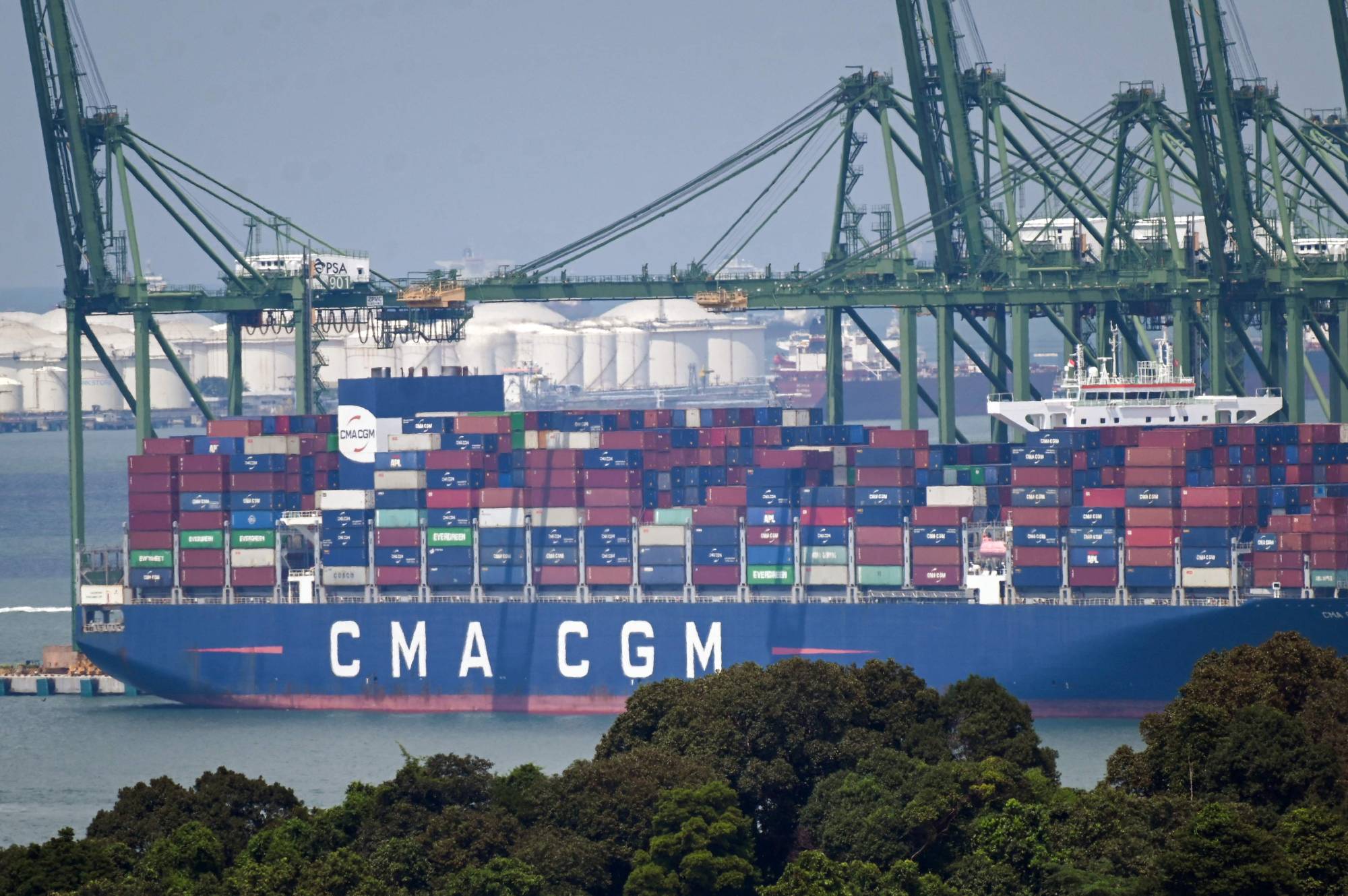The world economy is showing signs of a rapid downshift as it contends with a series of shocks — some of them self-inflicted by policymakers — increasing the likelihood of another global recession and the danger of major financial disruptions.
"We’re living through a period of elevated risk,” former U.S. Treasury Secretary Lawrence Summers told "Wall Street Week” with David Westin on Bloomberg Television, for whom he is a paid contributor. "In the same way that people became anxious in August of 2007, I think this is a moment when there should be increased anxiety.”
At the heart of the strain: The fallout from the most aggressive hiking of interest rates since the 1980s. Having failed to foresee the surge in inflation to multi-decade highs, the Federal Reserve and most peers are now lifting rates at speed in a bid to restore price stability and their own credibility.

















With your current subscription plan you can comment on stories. However, before writing your first comment, please create a display name in the Profile section of your subscriber account page.